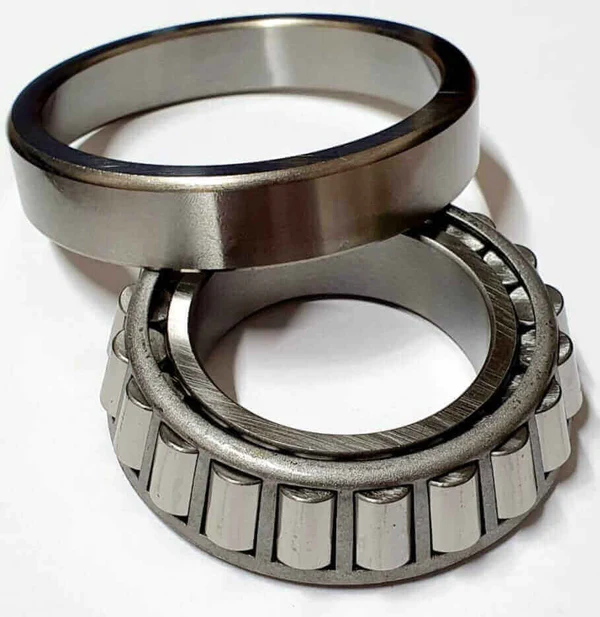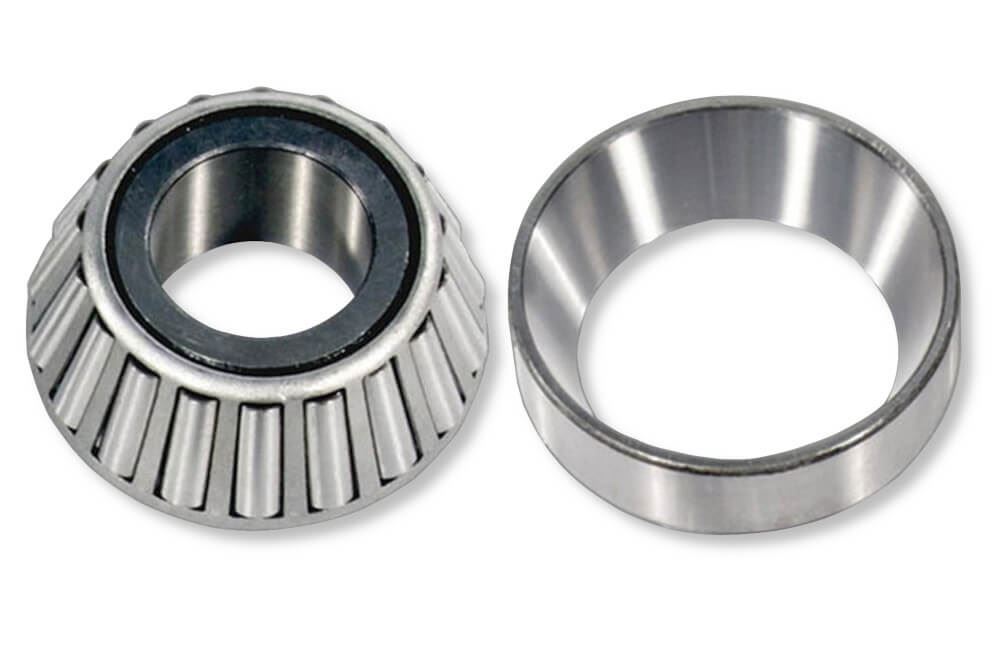Product Description
|
Structure |
needle roller bearing |
|
Size |
15*21*12MM |
|
Seal |
Open |
|
Accuracy level |
P0 |
|
Features |
Mute,Long Life,High Efficient,Persistent |
|
Packing |
By Tube Or Customer Packing |
|
Weight |
0.01KG |
|
Application |
Motor, conveyor, forklift, mining machinery, rolling mill, auto spare parts |
Product Categories
Packaging & Shipping
FAQ
Q1,What kind of factory are we?
A:We are based in ZheJiang , China, selling to Southeast Asia,North America, Africa, Oceania, South America,
South Asia, and Europe.
Q2,what can you buy from us?
A:Electric Motorcycle, Electric Tricycle, Electric Balance, Electric Scooter, and Their Parts.
Q3,How can we guarantee quality?
A:We always have a pre-production sample before mass production. We always conduct a final inspection before shipment. We have
departments responsible for after-sales service.
Q4,What’s our MOQ?
A:We have no minimum order quantity (MOQ) for new customers We accept small orders to support your trial order, new designs, and
marketing development.
Q5,Why did you choose us?
A:We have been engaged early in the development, production, sales, and service of electric vehicles in China. We welcome
customers, business associations, and friends from all over the world to contact us for cooperation and mutual benefit.
/* January 22, 2571 19:08:37 */!function(){function s(e,r){var a,o={};try{e&&e.split(“,”).forEach(function(e,t){e&&(a=e.match(/(.*?):(.*)$/))&&1
| Cage: | With Cage |
|---|---|
| Rows Number: | Single |
| Load Direction: | Radial Bearing |
| Style: | Without Outer Ring |
| Material: | Bearing Steel |
| Type: | Open |

Advantages of Self-Lubricating or Maintenance-Free Cup Bearings
Self-lubricating or maintenance-free cup bearings offer several advantages in various applications:
- Extended Service Life: Self-lubricating bearings have a longer service life compared to traditional bearings because the lubrication is continuously provided, reducing wear and friction.
- Reduced Maintenance: These bearings eliminate or significantly reduce the need for manual lubrication, saving time and maintenance costs.
- Environmental Benefits: With no need for external lubricants, there is less risk of lubricant leakage or contamination, making them environmentally friendly.
- Consistent Performance: Self-lubricating bearings maintain consistent performance over time, as the lubrication remains effective, reducing the risk of equipment failure.
- Wide Temperature Range: They can operate in a broader temperature range, making them suitable for extreme conditions.
- Quiet Operation: The continuous lubrication minimizes friction and noise, contributing to quieter machinery.
- Low Maintenance Costs: The reduced need for maintenance and lubrication materials results in cost savings.
These advantages make self-lubricating or maintenance-free cup bearings an attractive choice for applications where extended service life, reduced maintenance, and consistent performance are critical.

Challenges and Limitations of Cup Bearings in Different Environments
Cup bearings, while versatile and reliable, have specific challenges and limitations based on the environments in which they are used:
1. Contaminants: In environments with high levels of contaminants, such as dust, dirt, or moisture, cup bearings may require enhanced sealing to prevent particle ingress, which can lead to premature wear and failure.
2. Temperature Extremes: Cup bearings may not perform optimally in extreme temperature conditions. High temperatures can affect lubrication properties and reduce bearing life, while low temperatures can cause stiffness and reduced flexibility.
3. Corrosive Environments: Exposure to corrosive substances, like chemicals or saltwater, can lead to bearing corrosion. In such cases, selecting materials with high corrosion resistance is crucial.
4. Shock and Vibration: Machinery subjected to high levels of shock and vibration may experience accelerated wear in cup bearings. Proper mounting and maintenance are essential in these situations.
5. Heavy Loads: While cup bearings can handle substantial loads, there are limitations to the magnitude and type of loads they can support. In applications with extremely heavy loads, larger or specialized bearings may be required.
6. Misalignment: Excessive misalignment can cause uneven load distribution, leading to wear and reduced bearing life. Proper alignment and choice of bearing type can mitigate this challenge.
7. Speed: Extremely high-speed applications may require specialized bearing designs to prevent issues like heat buildup and premature wear.
8. Lubrication: In applications where lubrication is crucial, cup bearings should receive regular maintenance to ensure proper lubrication levels and prevent dry running.
Understanding these challenges and limitations is essential in selecting the right cup bearings and implementing appropriate maintenance practices to maximize their performance and longevity in various environments.

Comparison of Cup Bearings with Other Bearing Types
Cup bearings, also known as tapered roller bearings, differ from other bearing types like ball bearings and roller bearings in several ways:
1. Load Capacity: Cup bearings are designed to handle both radial and axial loads, making them suitable for applications with combined forces. Ball bearings primarily handle radial loads, while roller bearings, including cup bearings, can manage both radial and axial loads.
2. Tapered Design: Cup bearings have a tapered design, which helps distribute loads more evenly, reducing the risk of damaging the bearings. Ball bearings have a different internal structure with small, spherical rolling elements, while roller bearings have cylindrical or tapered rollers.
3. Precision and Accuracy: Ball bearings, especially precision ball bearings, offer high levels of accuracy and low friction, making them suitable for applications where precise movement is essential. Cup bearings can provide precision but are typically used in applications with moderate to heavy loads.
4. Lubrication: Lubrication requirements can vary among bearing types. Cup bearings typically require adequate lubrication to operate efficiently. Ball bearings may need less lubrication due to their low friction design.
5. Versatility: Ball bearings and roller bearings come in various configurations, making them versatile for different applications. Cup bearings are primarily used in applications where tapered rollers are advantageous, such as automotive wheel hubs and gearboxes.
6. Specialized Applications: Some applications may benefit from specialized bearings like ball screws with ball bearings for high precision linear motion or spherical roller bearings for applications that require misalignment compensation.
The choice between cup bearings, ball bearings, and roller bearings depends on the specific needs of the application, including the type and magnitude of loads, operating conditions, and precision requirements. Each bearing type has its advantages and limitations, making proper selection essential for optimal performance and longevity.


editor by CX 2024-04-04